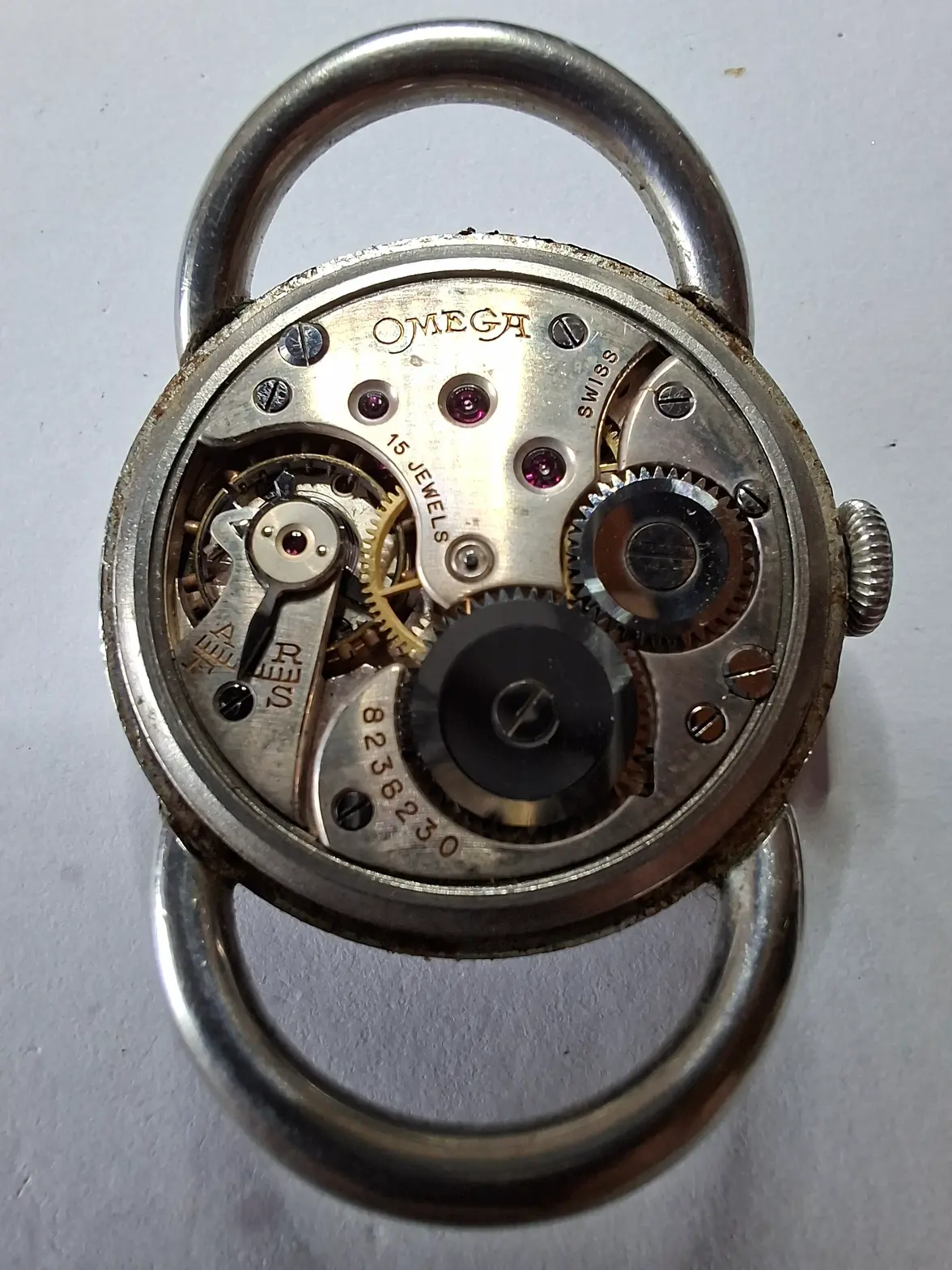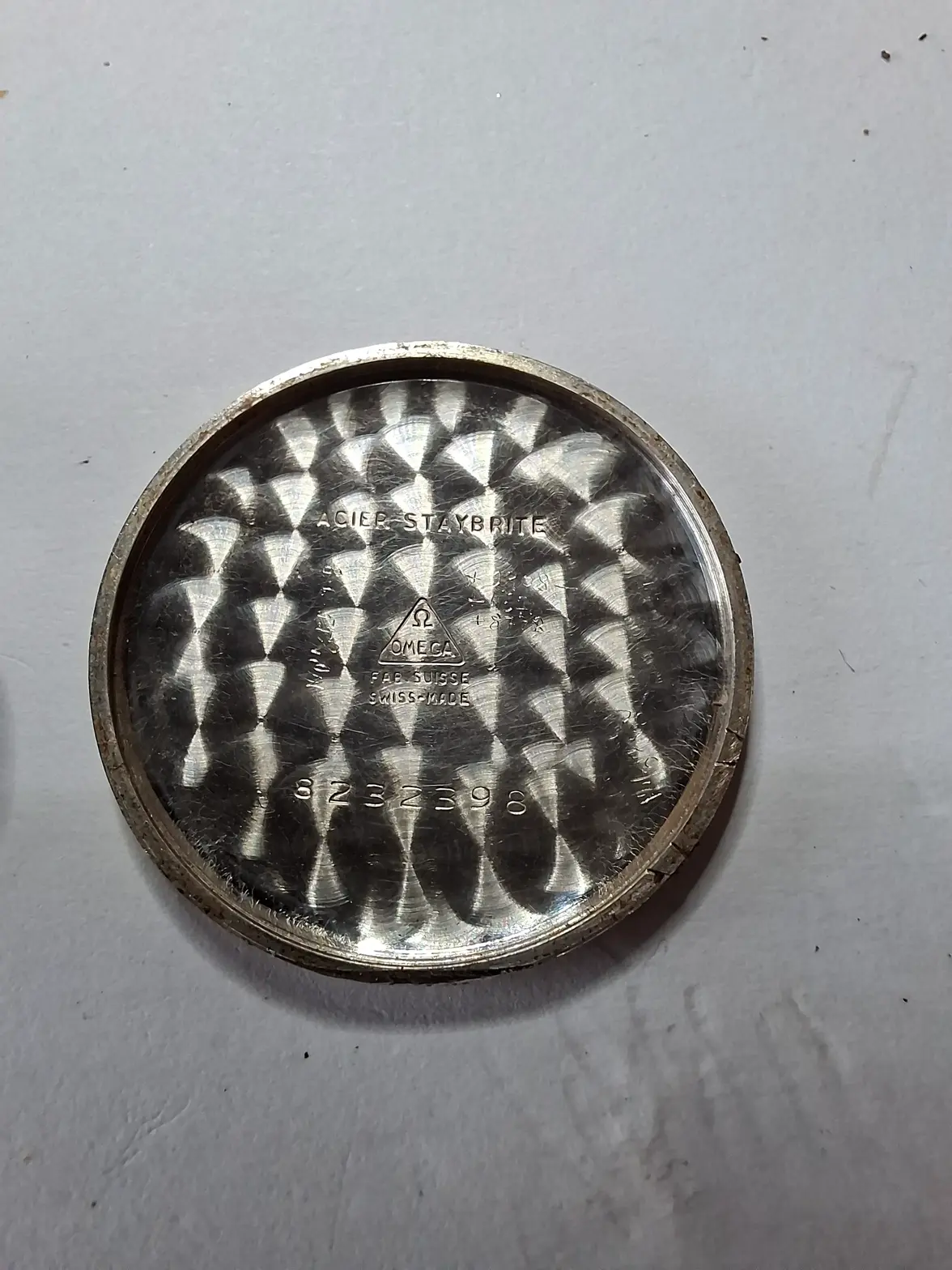- Posts
- 4
- Likes
- 1
prj
·Hi Guys...
My very first post here..I've been collecting watches for many years. I purchased this Omega watch in a watch lot. I've have a lot of trouble finding info, especially on the watch case style.
And I'm also curious if there's any value in this. Movement is complete, but needs a new mainspring. Heavily patination on the dial, but case in good condition. Any info will be very much appreciated.
Kind regards / Peter
My very first post here..I've been collecting watches for many years. I purchased this Omega watch in a watch lot. I've have a lot of trouble finding info, especially on the watch case style.
And I'm also curious if there's any value in this. Movement is complete, but needs a new mainspring. Heavily patination on the dial, but case in good condition. Any info will be very much appreciated.
Kind regards / Peter




